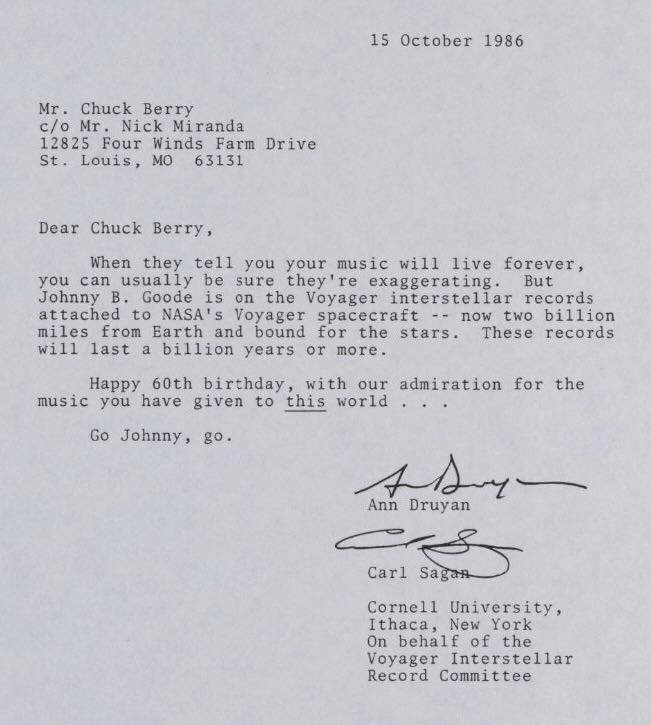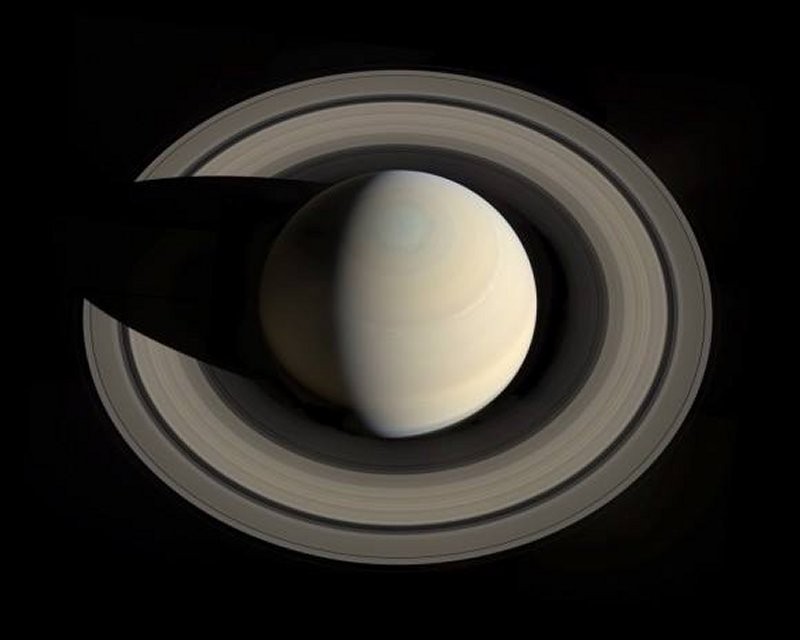
Royal Observatory, Greenwich
Observatory in/near Greenwich Park, existing between 1676 and now.
 | Royal Observatory, Greenwich Observatory in/near Greenwich Park, existing between 1676 and now. |
| HOME | · | ABOUT | · | ARTICLE | · | MARKERS OFF | · | BLOG |
| MAP YEAR: | 1800 | 1810 | 1820 | 1830 | 1860 | 1900 | 1950 | 2024 | ||
| Use the control in the top right of the map above to view this area on another historic map | ||||||||||

| Main source: | Wikipedia |
| Further citations and sources |
| Click here to explore another London street We now have 670 completed street histories and 46830 partial histories Find streets or residential blocks within the M25 by clicking STREETS |
| CONTRIBUTIONS TO THE LOCALITY |
| LATEST LONDON-WIDE CONTRIBUTIONS TO THE PROJECT |
  Added: 20 Jul 2024 01:13 GMT | Whitechapel (1980 - 1981) Diana Lee-Gobbitt - Artist rented a room at No 1 Berner Street, Whitechapel, opposite Church Passage (Ripper territory) for one year, rent approx 3 pounds pw. Worked as Receptionist for n Indian import/export company in the Watney Markets. Owner of No 1 Berner Street was Sammy Ferrugia, Maltese Taxi company owner. The artist was shown the gambling den in Dutfield’s Yard behind the terrace houses. It was common local knowledge prostitution was high end income for those in the East End during the 1950s. Reply |
  Added: 7 Jul 2024 16:26 GMT | Haycroft Gardens, NW10 My Grandfather bought No 45 Buchanan Gdns in I believe 1902 and died ther in the early 1950s Reply |
  Added: 7 Jul 2024 16:20 GMT | Haycroft Gardens, NW10 I lived in No 7 from 1933 to 1938 Reply |
  Sylvia guiver Added: 4 Jul 2024 14:52 GMT | Grandparents 1937 lived 37 Blandford Square Y mother and all her sisters and brother lived there, before this date , my parent wedding photographers were take in the square, I use to visit with my mother I remember the barge ballon in the square in the war. Reply |
  Roy Mathieson Added: 27 Jun 2024 16:25 GMT | St Saviours My great grandmother was born in Bowling Green Lane in 1848. The family moved from there to Earl Terrace, Bermondsey in 1849. I have never been able to locate Earl Terrace on maps. Reply |
  Added: 26 Jun 2024 13:10 GMT | Buckhurst Street, E1 Mt grandfather, Thomas Walton Ward had a musical instrument workshop in Buckhurst Street from 1934 until the street was bombed during the war. Grandfather was a partner in the musical instrument firm of R.J. Ward and Sons of Liverpool. He died in 1945 and is buried in a common grave at Abney Park Cemetery. Reply |
  Mike Dowling Added: 15 Jun 2024 15:51 GMT | Family ties (1936 - 1963) The Dowling family lived at number 13 Undercliffe Road for Nearly 26 years. Next door was the Harris family Reply |
  Evie Helen Added: 13 Jun 2024 00:03 GMT | Vickers Road The road ’Vickers Road’ is numbered rather differently to other roads in the area as it was originally built as housing for the "Vickers" arms factory in the late 1800’s and early 1900s. Most of the houses still retain the original 19th century tiling and drainage outside of the front doors. Reply |
| LOCAL PHOTOS |









